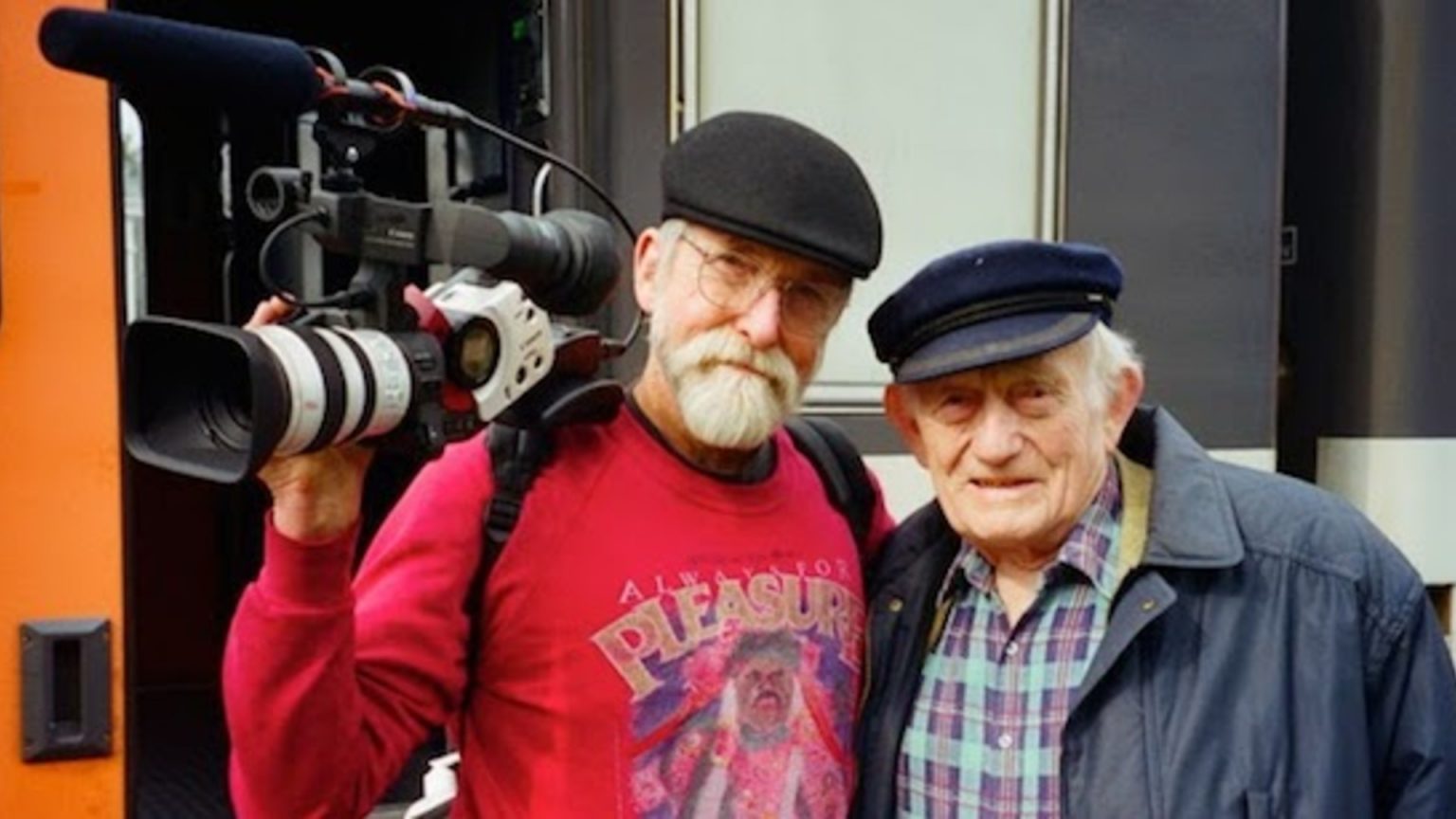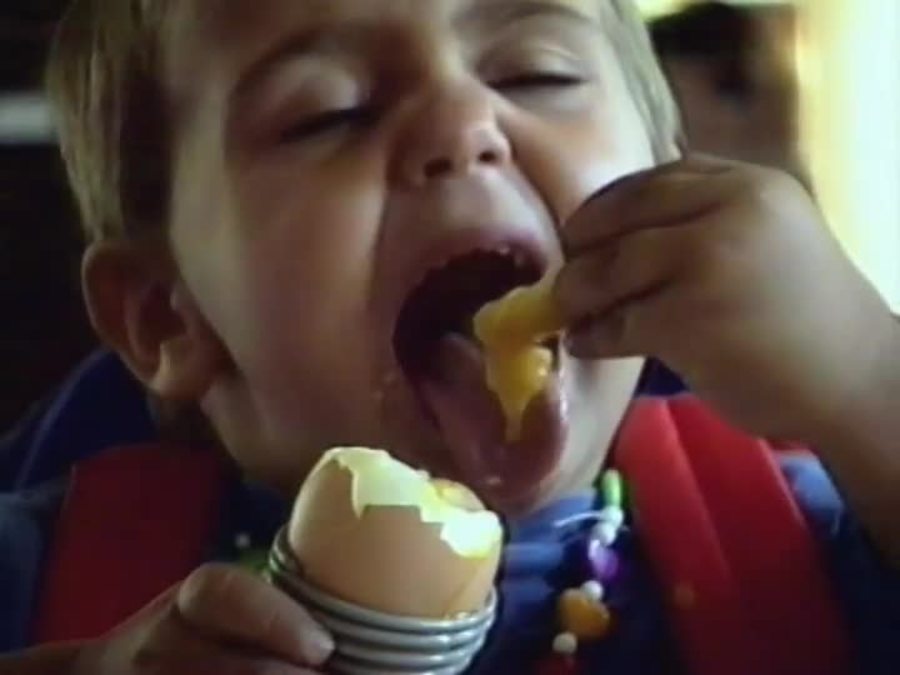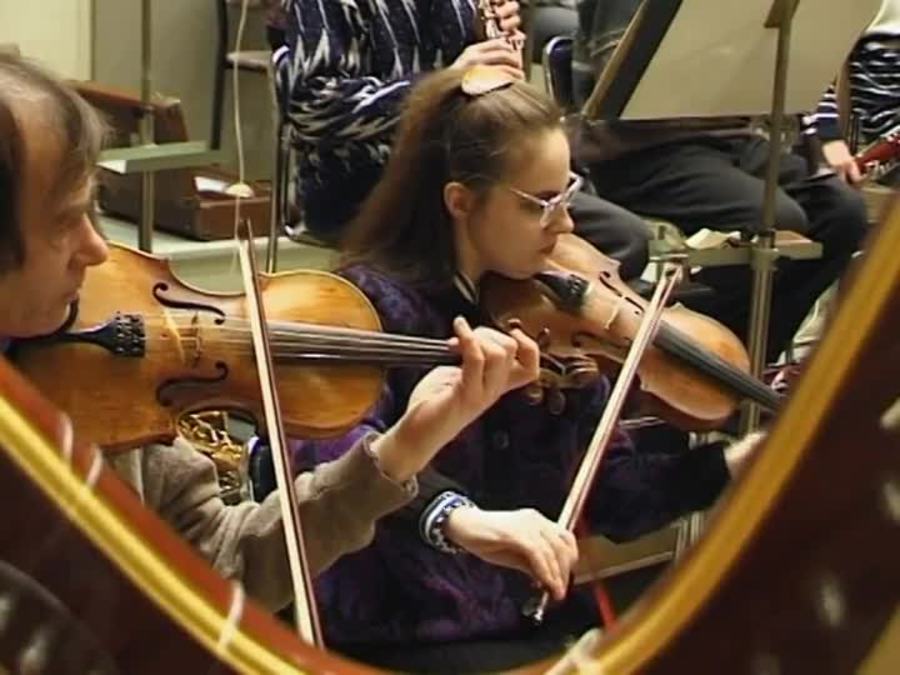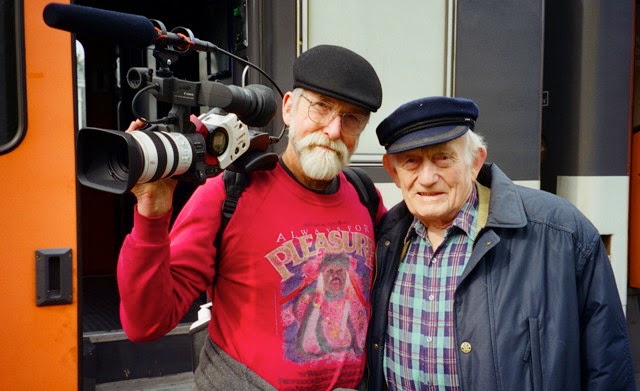
On the occasion of the Documentary Film Institute’s 2006 tributes to D.A. Pennebaker and Richard Leacock in San Francisco, Fandor co-founder Jonathan Marlow spoke to both filmmakers about their extensive and influential careers (together and separately). While the Pennebaker interview was published at the time (and reprinted in Keith Beattie’s book on the filmmaker), the Leacock conversation has remained unpublished until now. The debut coincides with the Fandor premiere of Les oeufs à la coque along with a number of other films from Documentary Educational Resources co-directed by Leacock and Valérie Lalonde (and, not coincidently, timed to what would’ve been Leacock’s birthday weekend). Leacock passed away in March, 2011.
Meanwhile, now showing at festivals around the world and coming soon to theaters: How to Smell a Rose, an outstanding documentary co-directed by Les Blank and Gina Leibrecht covering their frequent dine-and-dish visits with Leacock and Lalonde in Normandy.
Jonathan Marlow: …and we interrupt the late-morning here with Mr. Leacock to trouble him with pesky questions. You were saying?
Richard Leacock: The only quote of mine that I resent is in a book that implies that I thought Primary did not achieve what [Robert] Drew had told me we had originally set out to achieve: to experience the decision-making process. Nobody will ever get the decision-making process [on film]. It happens in men’s toilets and all sorts of places. [The author] just used a quote saying Primary failed to get what…
Marlow: …Drew was trying to achieve?
Leacock: Yes. And that is not what I’m selling. I’ve got something entirely different to sell…
Marlow: This will be a correction to that.
Leacock: You can’t correct things after they appear in books!
Marlow: Once it is out there, people do accept it as true. There is a fallacy that printed sources are unimpeachable…
Leacock: The book is entitled Filming Robert Flaherty’s Louisiana Story: The Helen Van Dongen Diary,” published by the Museum of Modern Art. They never consulted me on this. They got me so angry that I wrote an eight-page denunciation of the book. Richard Barsam did most of the writing [on the essay “Discover and Disclose”] and it is full of absolute horseshit. It says that all the virtues of Louisiana Story (which is variable) are due to Helen van Dongen and that Flaherty‘s an idiot and didn’t know what he was doing.
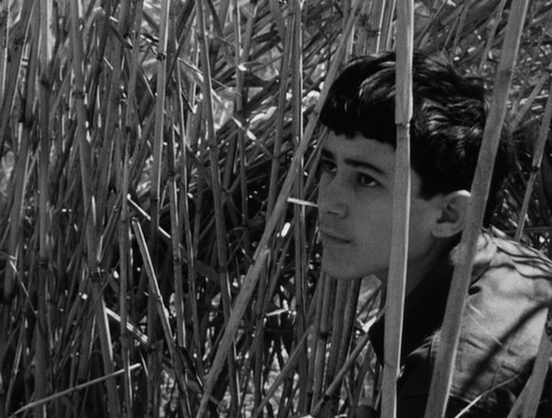
Marlow: That is quite a statement.
Leacock: There are a number of people that say that about Flaherty [related, “In Defense of the Flaherty Tradition”]. God, are they wrong. Robert Flaherty was the most extraordinary filmmaker I have ever worked with.
Marlow: Do people have a problem with the melding of fiction and reality? Was that their issue?
Leacock: No. That’s all bullshit, too. Those films are completely true. As are the films by [noted European documentary filmmaker John] Grierson.
Marlow: Nanook has its naysayers.
Leacock: Nanook was turned back to the point before they used rifles, matches, tobacco, canned food and all that. He went fifty years back but he had experienced that. He lived with those people. He traveled with them for years and he was extraordinary, developing and printing the film right there. I’ve never met a filmmaker in my life who knows what a printing machine is. Most wouldn’t even recognize one if there was one on the street. I probably wouldn’t! When I worked with him, we did tests that I’ve never done with anybody else of filters and of changing the film development process. He developed and printed all his own films except Louisiana Story. He was unbelievable. He edited his films as he went along and he did the editing. Helen van Dongen was a tidy woman who kept things straight. He had a whole theory of how you make sequences and how you withhold information. The close‑up is not to reveal information so much as to explore what is around it. The audience that sees a close‑up of something wants to know, ‘I want to see a little more. I want to see a little more.’ In the whole Louisiana Story, there is not a single long-shot of the oil rig. You never see the oil rig because he says, ‘Oil rigs, boring things; millions of them all over the place.’ He was always searching for something. He doesn’t know what it is until he sees it on the screen. Creating something that creates visual tension or the desire to know more. He structures all his sequences and each sequence is different. There are no rules. Every sequence is a different problem. Working with him was just unbelievable for me.
Marlow: How did you choose to make a film in the Canary Islands? This is the moment when I ask you the questions where I already know the answers.
Leacock: I had grown up in the Canary Island as a little boy. My father owned a banana plantation. Then I was sent away to a boarding school in England. Horrible work. I had no way of explaining to my schoolmates where I came from. I took up photography. I brought a glass plate and I did my own developing, printing and enlarging. I built a dark room in my school all before I was eleven. Around that time, at that school, they showed us a film. It was a Russian documentary about the building of the Trans‑Siberian Railway [Victor Turin’s Turksib]. I was into photography. I looked at this and I was absolutely astounded. It showed you a different place and you were there. I said, ‘My God, I can do that. All I need is a camera.’ Then my mother died and all sorts of things happened. It took me a couple years but, when I was thirteen, I bought a 16mm camera and a tripod [a Victor and a Thalhamer, respectively]. I had written a script. My girlfriend, Polly [Church], came with me to the Canary Islands and we filmed it [Canary Bananas]. I edited it.
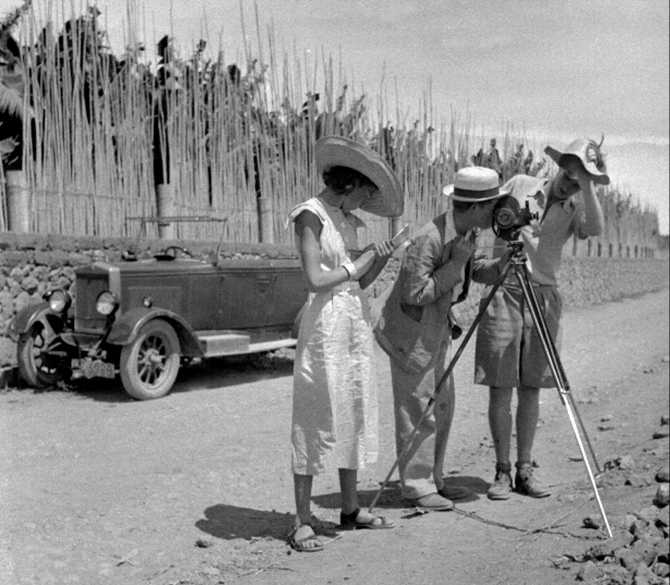
Marlow: There were just the three of you [Leacock, Church and Noel Florence] doing everything?
Leacock: You just do it. But there were no viewers, even in those days. Then I was back in school in England with Robert Flaherty’s daughters Monica and Fran [in 1936]. He came to visit them. I watched from my room. He had a big heavy Argos tripod and a special 16mm camera. He spent hours filming Brenda McDermot, a beautiful Irish girl with long, blond hair, combing and brushing her hair out in the open. I thought he was crazy. He went on and on and on filming her from different angles and different positions. Later that day, one of my teachers showed him Canary Bananas. I was summoned to his presence. Flaherty was a little critical of the chop‑chop editing and a few of the scenes. But he said, however, ‘One day we will work together.’ And I said to myself, ‘Yeah, yeah sure.’
Marlow: [Laughter.]
Leacock: After that, we kept in touch with the family. My mother came to Australia with us and went skiing and we were in touch. My sister ghostwrote a book about the elephant boy [Sabu] for Mrs. [Frances] Flaherty. After the war, where I was a combat cameraman all the way through Burma, China, I was told that he was living at the Chelsea Hotel on 23rd Street [in NYC, natch]. I went over and saw him and he hired me.
Marlow: Just like that. Was that unusual for him to hire a relatively inexperienced cameraman? Of course, you were a very experienced still-photographer.
Leacock: He didn’t want to see anything I’d done since Canary Bananas.
Marlow: He didn’t look at any of your war photographs or anything?
Leacock: No. He hired me and we went out and we bought two Arriflexes, one for him and one for me. Everybody thought those were crazy to use. But that was the way it was shot. We worked together for fourteen months. He said, ‘Films are made out of time and film.’ Not crews. You don’t have 150 technicians. He had Mrs. Flaherty taking stills with a Leica. He and me, shooting. He, not very much. But sometimes. I occasionally had an assistant when shooting. We developed tests from the end of every roll of film that we shot. 200‑foot rolls on an Arriflex, 35 millimeter. He wished that we’d developed it ourselves. We didn’t, though. We sent it to New York by Air Express, I think, so it was about a week before we got to see anything. I’ve never known anybody screen rushes over and over. I had to run the 35mm projector the whole way.
Marlow: You’d print everything that came out of the camera, in that case?
Leacock: Everything. And look and look and look. Especially if he didn’t like it. He would go searching for other ways to do it and then we’d go out shooting again. This went on… I remember, we had shot the whole drilling sequence. Beautiful! Took weeks and weeks to get it right and it was developed and printed and edited. We were running out of money and we were running out of time. And he called me in and he said, ‘Ricky, I like watching drilling at night. We’re going to reshoot it.’
Marlow: [Laughter.]
Leacock: I thought he was absolutely bananas. The sponsors of the film, Standard Oil, had seen the sequence and loved it. We had no lights, so I went out and I bought miles of cable. They’d just introduced the photo spot and I attached those all over, climbing up and down the rig. And we reshot it. It went like greased lightning. We shot it in a few nights. And he was right!
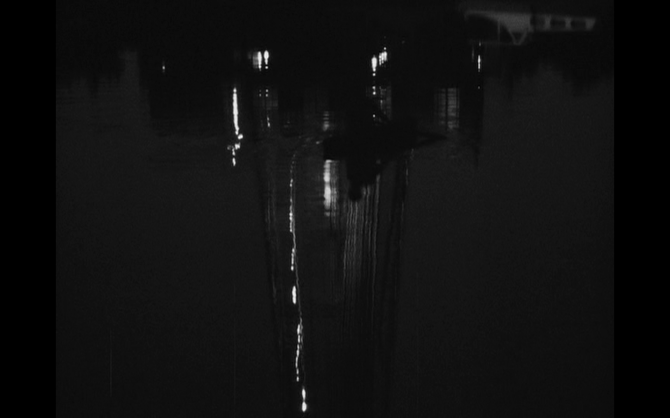
Marlow: That sequence is beautiful.
Leacock: It’s the most beautiful sequence. And no f***ing music!
Marlow: Right.
Leacock: We recorded sound. We were recording sound on discs. Big 12‑inch or 14-inch discs coated with acetate, cutting a groove in them. Everything we did was, for me, extraordinary. Then, going back, you tried things. You were experimenting. You were searching. Every sequence was different! The alligator sequence was unbelievable. It was a bit of a lie, of course. Alligators don’t attack you very much. We disturbed a lady alligator’s nest and they do attack then. It was shot all over the place with months and months of work. Every sequence is different. And the opening sequence, we didn’t really get that to a satisfactory point until practically the end of our stay there. When I went back to work with ordinary filmmakers like Louis de Rochemont, it was appalling.
Marlow: [Laughter.]
Leacock: They never experimented with anything. Just ‘blah, blah, blah’ voice-of-God narration and music. Awful. Canary Bananas was 1934 and Louisiana Story was 1946/7. I did other people’s movies… [Willard] Van Dyke and all these people… until 1954. Nobody was around so they asked me to make a film about a traveling tent theatre show [Toby and the Tall Corn]. I did the research, I wrote the script and I directed it. I did the 35mm photography myself but I had a handheld camera that I used. And I edited it myself. It’s my movie. But the immediate result was terribly disappointing. It went on-the-air for twenty-eight minutes during prime-time and that was it. I met people on the street and they’d say, ‘Oh, was it this Sunday? I thought it was next Sunday.’ It was awful. It’s done. Finished. Boom.
Marlow: After all that work!
Leacock: Like my father‑in‑law, Kenneth Burke, said, ‘It’s like dropping a feather in the Grand Canyon and waiting for the echo.’ There isn’t any. There was a little echo in this case.
Marlow: Yes. Toby and the Tall Corn is brilliant.
Leacock: A guy called Bob Drew was up at Harvard figuring out how to change television journalism. He came down to New York to find out who made it [Toby] and he found me. We were in touch from then on. Pennebaker saw it by chance and we met. Roger Tilton, who made Jazz Dance…
Marlow: You were the photographer on that.
Leacock: It had an electrifying effect.
Marlow: Did Albert Maysles see it at that time?
Leacock: No, Maysles was Pennebaker’s assistant. We didn’t get together until 1959 [Opening in Moscow] with Pennebaker.
Marlow: How did you make the decision to do Toby and the Tall Corn in that style? It isn’t a conventional documentary. You have this contrived situation, obviously, with the reporter arriving…
Leacock: I was ready to give-up and go make movies in studios like everybody else. Time to do Hollywood. I filmed a few story-films. I did the retakes on Baby Doll, for instance. Because I adored them. But I found it unbelievably boring.
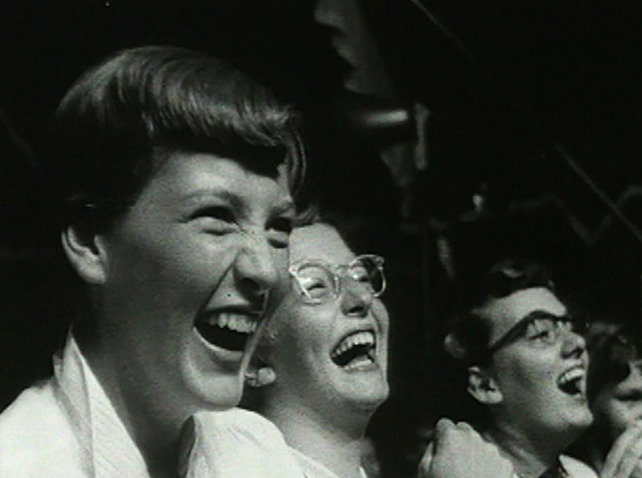
Marlow: I bet.
Leacock: You’re an ‘illuminating engineer.’ The director of photography on a feature film doesn’t even handle the camera.
Marlow: You’re the ‘lighting cameraman.’ You don’t even touch the camera…
Leacock: It is disgusting. Stupid. Nothing surprising. You don’t discover anything. Horrible.
Marlow: [Laughter.]
Leacock: I was ready to quit. But with Toby, I had a marvelous crew. There was a wonderful black man on the crew. The local hotel refused to put him up so he and I lived with the local mayor as his personal house-guests. Things started to work. Then, joining with people like Pennebaker, we all were able to film without tripods after Jazz Dance. To hell with tripods!
Marlow: You wanted to go handheld as much as possible.
Leacock: All the time, practically. I do have a tripod. If you want to photograph the moon or something, do it with a tripod! From then on, it was my technical background, having studied physics, and Pennebaker’s electrical engineering… We had some wonderful technicians we worked with and finally, in 1960, we managed to construct… Willard Van Dyke was doing a commercial for the first electronic watch, the Bulova. Buzz [and the ‘Astronaut’ model], the sound of the future. It had a little tiny tuning fork in it and it generated a 360-cycle current, alternating, and we used that. We put one on each tape recorder and one on each camera and used that to control the speed of the motors. It was the first thing that worked and Penny had a lot to do with redesigning the camera. Nobody else was interested. I talked to the BBC, I talked to this, to that, to RCA… they weren’t interested. They didn’t want to have this equipment. They were perfectly happy with big f***ing cameras on tripods. I remember when Drew and I were filming a conference where Cuba was kept out and the Cuban delegation got up and left [Yanki, No! ]. Drew and I could walk out with the Cuban delegation and all the other news people were on their tripods waiting for a handout. But we went with them, singing ‘Venceremos.’
Marlow: It was a new era…
Leacock: After a few years, everybody was doing it. The Canadians used to rent cameras, too. They were using our equipment, mostly. Then, when I left MIT, I tried to develop a cheaper way of making movies, like Super‑8. I was mortified that it didn’t really work. It was too fiddly. Then, along came the CCD crystal…
Marlow: To do crystal-sync.
Leacock: That was really good for television and movies that we were in. I just loved it. The first major film I made with Valérie, in France, after I retired from MIT, is made on Video8 [8mm] for national television. They wouldn’t allow that in America or England or any other place. The French allowed it. It was an eighty-four-minute film about nothing in particular, Les oeufs à la coque. The soft‑boiled egg. A play-on-words because my name originally was La Coque before the family was chased out of France. La Coque became Leacock. It is a film about nothing in particular. We never told anybody what to do. That’s what is important. It’s primary. We never told anybody what to do.
Marlow: You were there to observe…
Leacock: We never interfered. When something happened, we filmed it.
Marlow: It is interesting how quickly that became the predominant style of non-fiction filmmaking.
Leacock: Now, unfortunately, everybody is using…
Marlow: First-person.
Leacock: The filmmaker talking to the camera…
Marlow: …which is horrible.
Leacock: That is horrible, yes. It is hard to get away from that. That is the easiest way to do it.
Marlow: That was exactly what you were rebelling against.
Leacock: Talking about films is meaningless…
Marlow: …unless you can see what it is that you’re talking about.
Leacock: You have to see. You have to see the difference. It’s like writing about wine.
Marlow: Exactly.
Leacock: For instance, someone says that the wine has a fruity taste. What the hell does that mean?
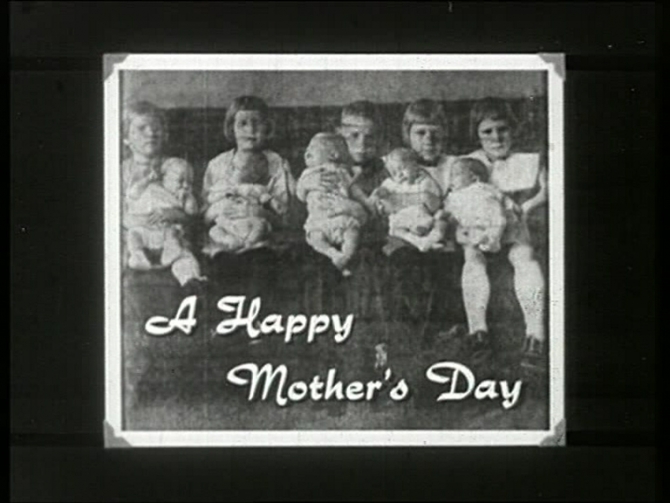
Marlow: Adjectives can be ambiguous. Moving on. Next we discuss Happy Mother’s Day, one of the most terrifying movies ever made.
Leacock: It is amazing because the reason we made… Pennebaker and I left Drew [Associates] because he went into ABC and we didn’t want to do that. We had a camera, tape recorder and a telephone. That is about all that we had. I got a call from a friend of mine, an ex‑Life magazine editor. He was running the Saturday Evening Post at the time. He said, ‘Ricky, how much would it cost for you to go and film Mrs. Fischer and her quintuplets?’ I said, ‘Mrs. who?’ He said, ‘Don’t you read the papers?’ I said, ‘No.’ He explained, so I picked a figure out of thin air, I said, ‘Oh, about $15,000.’ ‘When can you go?’ I said, ‘Immediately.’ He said, ‘Okay.’
Marlow: You were out there about two weeks after their quints were born.
Leacock: We went out (I think) ten days after they were born. About the day she got out of hospital. We thought it was a dumb idea. Leave the poor lady alone. We were desperate and we did all the obvious things. We interviewed the nurses and we interviewed the doctors. We interviewed this and that and the other things. Slowly, we realized the whole thing that was happening and that was confusing because we were part of the exploitation. We had exclusive rights to film of the quintuplets and stuff. We were confronted… We could either quit (which we couldn’t possibly afford to do). Instead, we made a deal with Mrs. Fischer that we would no longer film her except at public occasions. We’d gotten a whole lot of stuff with her with the kids and all that stuff. We got more and more interested in it as we watched what happened.
Marlow: Especially the filming of the town meeting…
Leacock: Yes. Then we made the film and my friend at the Saturday Evening Post loved it. He thought it was the funniest film ever made. His boss, the head of Curtis Publications, hated it. ‘This is not the film we had in mind.’ We had to give them all our rushes and they edited a really stupid film.
Marlow: Which has since disappeared, I presume?
Leacock: We have a copy of it. A friend of ours worked for them so Penny has it. It is advertising Gerber baby food, ‘Isn’t it nice to have five children in one night?’ Our film was rejected. It has never been shown in America until just recently. It won a prize in Venice and a prize in Leipzig. It slowly becomes a classic! On the 30th anniversary of the quintuplets, Valérie and I were invited to show it where it happened.
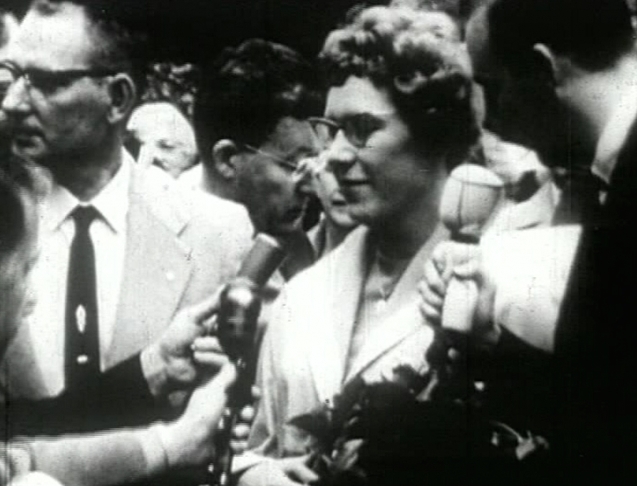
Marlow: You went back to the Dakotas?
Leacock: We were kind of nervous because they’d never seen it. We showed both versions. The audience included all the people practically who were in the film who were still alive, including the quintuplets. Mrs. Fischer told her children to buy tickets so that they wouldn’t get identified. You’d think we were showing a W.C. Fields film.
Marlow: They just laughed and laughed.
Leacock: They laughed. They loved our film. They hated the official one. They thought it was condescending and stupid. It was absolutely weird. We had breakfast with Mrs. Fischer the next morning. It was great.
Marlow: I was surprised to learn that after the quintuplets…
Leacock: One afterwards. Exactly.
Marlow: …she had one afterwards. I can’t imagine after that experience…
Leacock: …that she would have another one. She had a nervous breakdown and then she split from her husband, even though he was involved. She was a nice lady.
Marlow: There is a complexity in the way that you capture her in the film. Like when she is trying on clothing in the department store.
Leacock: They’re all ignoring her. That was fun!
Marlow: How did you become involved in the [Igor] Stravinsky documentary [A Stravinsky Portrait]?
Leacock: A man came with a beard and long hair to our office and asked me if I would like to go to England with Bob Dylan. I said, ‘Bob who?’ He [Albert Grossman] latched-on to Pennebaker. Meanwhile, German television had seen something Penny had done and they came to ask Penny to make a film on Stravinsky. Penny went and did Bob Dylan…
Marlow: …Dont Look Back [sic].
Leacock: I went and did Stravinsky, which was the right way around. I don’t need to say which one made more success. Stravinsky loved our film.
Marlow: It is a great, great film.
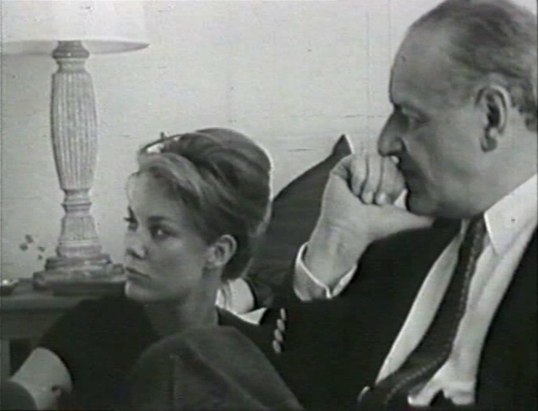
Leacock: That blond girl was a friend of mine. Sarah Hudson. She had never taken sound before in her life.
Marlow: You linger quite a bit on her as a sound-recordist.
Leacock: Yes, because Stravinsky adored her. She looked okay sitting there. I adored Stravinsky. There were two other films made on Stravinsky, one by CBS, which is very orthodox, like what happened the night, the first moments of…
Marlow: ‘Le sacre du printemps.’
Leacock: Right, ‘The Rite of Spring.’ Then the National Film Board of Canada made one that is absolutely horrible. They hated it. They found him boring and pompous. And he hated them. They were hoping that he would die so they would have some independence on the film.
Marlow: That’s horrible.
Leacock: Yes. Ours is actually a lovely film. We were friends for the rest of his life.
Marlow: I was surprised by the long sections in the film that there are in German, in French or in Russian un-subtitled. Yet the way that you’ve edited the film together, the un-subtitled sections are not important. The little bit that you’re able to discern from their conversations is enough.
Leacock: It is just a little bit of translation.
Marlow: It is a truly great portrait of Stravinsky as a person because of his command of music and of language and of art.
Leacock: He was such fun. We had a lot of fun. We were talking late at night with his friend, Nicky [Nicolas] Nabokov, and Nicky got up to pee. Stravinsky said to Sarah and me, ‘Nicky Nabokov. Very nice man. Not a very good composer.’ [laughter] It wasn’t a criticism. It was just a fact. He was fun. One night he pulled out his whiskey flask and he poured a thing and he handed me that. I drank it. He poured it and Nicky drank his. He poured it and he drank his. Nicky said to me, ‘Ricky, do you know what that means?’ I said, ‘No.’ He said, ‘It means that we are friends for life.’ It worked.
Marlow: It worked. Was Robert Craft particularly involved? I know that he is in the film for just a brief moment.
Leacock: He is in it. There was no problem. We got along fine. He was a… what the hell do you call that? Not a secretary. There is a wonderful English word for it. [Personal assistant?] But they were both there. He had control of Stravinsky.
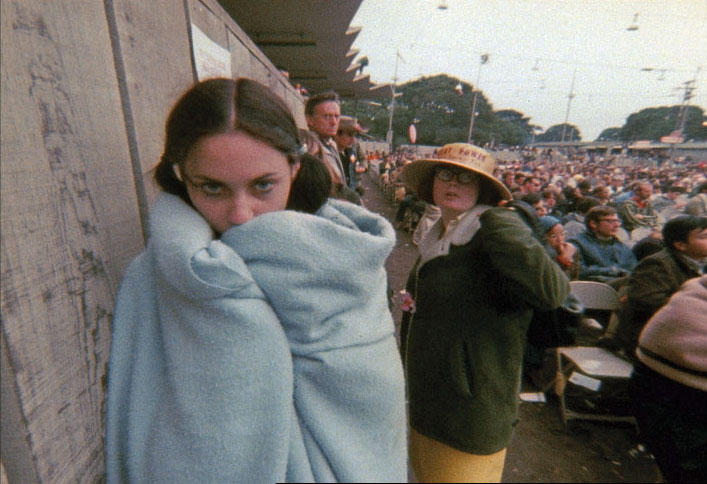
Marlow: On Monterey Pop, you were again working with the company that you formed with Pennebaker. I asked him this when I last spoke with him so I will ask you the same thing. How much of a part of documenting an event propels or inflates its reputation compared to other events? Both Monterey Pop and Woodstock are films and events that have a notoriety that go far beyond anything else that was happening at the same time. Was this a case of being in the right place at the right time?
Leacock: I think so. It is really Penny’s film. I was working with my son, Robert, taking sound with me. Penny put us with a camera and a tripod on a rooftop someplace. I did that for about fifteen minutes and said, ‘This is bullshit.’ Got rid of the tripod and started wandering around and filming beautiful girls in the audience. Sometimes, Penny would run out of film and I’d run up on stage and do it. I enjoyed it. I don’t particularly like the stars that emerged from it. I remember her lying on the floor of our studio after a screening sucking on a bottle of Southern Comfort.
Marlow: Janis Joplin?
Leacock: Ugh. Southern Comfort. God‑awful. I have no interest in smashing up guitars. I love jazz. I’m just not into that. I loved Ravi Shankar. The one big piece I have is when Ravi Shankar finished, a fantastic sequence began. I made the shot that shows people applauding until the screen is just full of clapping hands. As Truman Capote said when he saw it, ‘I have never before seen an audience explode.’ He was right. It was great fun. I enjoyed it. But it bothers me to stick to performance films. I’m interested in rehearsals. I loved Company. The last thing I did with Penny was Company. There [in rehearsals], you really find out something about those people.
Marlow: With [Stephen] Sondheim and the entire original cast…
Leacock: It is an amazing film. My last film with Sarah Caldwell [A Musical Adventure in Siberia] is also rehearsals.
Marlow: The Stravinsky is a rehearsal as well. That is the part that most fascinates you. The process of working through it…
Leacock: Exactly.
Marlow: You worked on the One PM [the aftermath of One AM, a.k.a. One American Movie], the film you and Pennebaker did with Jean‑Luc Godard.
Leacock: He filmed the int

